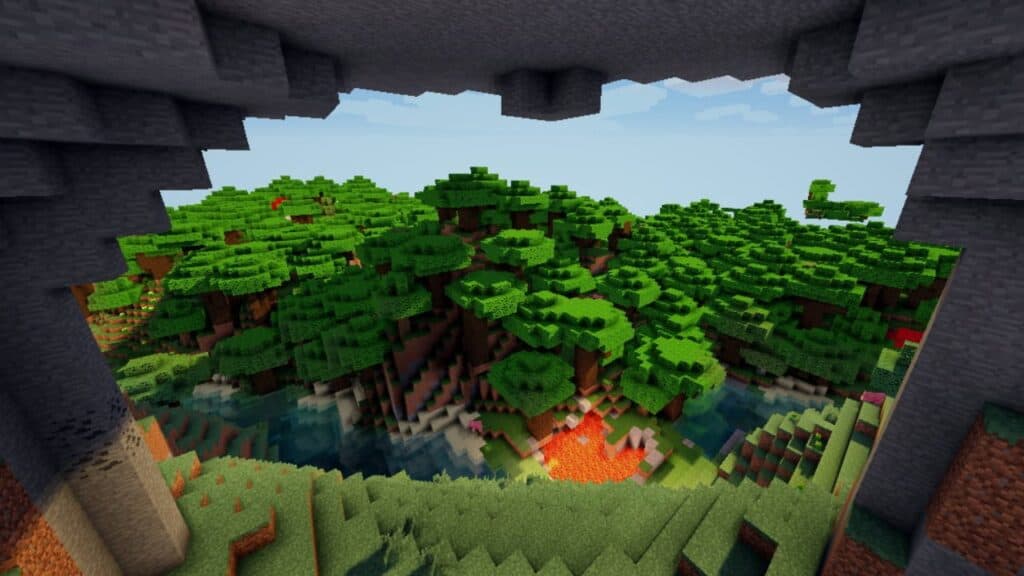Setting up a Minecraft server can seem daunting, but with the right steps, you’ll have your own personal playground in no time. Whether you’re looking to play with friends or start a community, this guide will walk you through the process. And if you’re new to Minecraft, you might want to check out how to log in to Minecraft Bedrock Edition or learn how to change your skin in Minecraft.

1. Verify the Latest Version of Java
Minecraft is a Java-based game, so the first thing you’ll need is the latest version of Java. If you don’t have it, download Java here.
Need Help Troubleshooting?
Some solutions to server issues require adjusting critical settings on your computer. If done improperly, it can damage your computer. For detailed help, refer to the Minecraft online server setup Wiki article.
2. Download Minecraft_Server.jar
To get started, you’ll need the server files:
- Visit the Minecraft Server Downloads page.
- Download
minecraft_server.1.11.jar. - Copy the downloaded file into a new folder on your desktop named “Minecraft Server”.
- Double-click
minecraft_server.1.11.jarto run it.
Note: Minecraft versions update regularly. So, “1.11” might reference an older download. Always ensure you’re downloading the latest version.
3. Save as a Batch File to Run Server
Follow these steps to create a batch file:
- Right-click inside the “Minecraft Server” folder.
- Select “New” > “Text Document”.
- Name it “Run”.
- Open it and paste:
cmd /k java ‐Xms1G ‐Xmx1G ‐jar minecraft_server.1.11.jar. - Click “File” > “Save As”, select “All Files”, and name it “Run.bat”.
Remember: If you’re using a different server version, adjust the filename in the command.
4. Agree to the EULA
Before launching your server, you’ll need to agree to the EULA:
- Open
eula.txt. - Change
eula=falsetoeula=true.
5. Launch Your Server
Simply double-click “Run.bat” to launch your server. A window will pop up with server details.
The Server Window
Your server window provides:
- Memory Usage – Check the Stats panel.
- Connected Players – View the Players panel.
- Server Messages & Chats – See the Log and Chat panel.
- Command Field – Enter server commands at the bottom-right.
For a comprehensive list of commands, click here.
6. Join Your Server
Ready to dive in?
- Launch Minecraft.
- Click “Multiplayer” > “Add Server”.
- Name your server.
- Enter “localhost” as the server address.
- Click “Done” and then “Join Server”.
7. Forward Your Ports
To allow others to join, you’ll need to adjust your router settings:
- Read about port forwarding.
- Find your router’s guide here.
- Follow the provided instructions.
Can’t find your router? Try searching for your model online or contact customer support.
8. Find Your External IP Address
To find your external IP:
- Visit Google.
- Search “external ip”.
Note down the IP address displayed.
9. Connect to Your Server
Others can now join using your external IP:
- Open Minecraft.
- Click “Multiplayer” > “Add Server”.
- Enter a server name.
- Input your external IP followed by
:25565.
Tip: Share your IP only with trusted friends. Always prioritize safety!
10. Adjust the server.properties File
You can tweak game settings using the Server.properties file:
- Open the file with a text editor.
- Adjust properties like
gamemodeormax-players.
For a full list of options, visit the Minecraft Wiki.
Caution: Only modify this file if you’re sure about the changes.
Setting up a Minecraft server is a rewarding experience. And once you’re familiar with the basics, you might want to explore how to make a map in Minecraft. Happy gaming!
